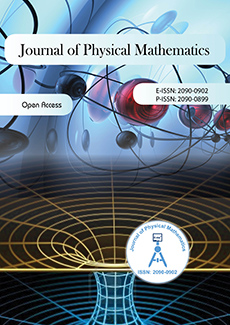Abstract
Purpose: Transarterial 90Y microspheres radioembolization is emerging as a multidisciplinary promising therapeutic modality for primary and metastatic cancer in the liver. Actually two different type of microspheres are used, whose main characteristic is the different density of activity (activity per microsphere). In this paper the effect due to the possible different distribution of the microspheres in a target is presented and discussed from a macrodosimetric point of view.
Material and methods: A 100 g virtual soft-tissue target region has been builded. The administered activity was chosen to have a target average absorbed dose of 100 Gy and the number of 90Y microspheres needed was calculated for two different activity-per-microsphere values (2500) Bq/microsphere and 50 Bq/microsphere, respectively). The spheres were randomly distributed in the target and the Dose Volume Histograms were obtained for both. The cells surviving fractions (SF) for four different values of the radiobiological parameter α were calculated from the Linear - Quadratic model.
Results: The DVH obtained are very similar and the SF is almost equal for both the activity-per- microsphere values.
Conclusions: This macrodosimetric approach shows no radiobiological difference between the glass and resin microspheres. Thus the different number of microspheres seems to have no effect when the number of spheres is big enough that the distance between the spheres in the target can be considered small compared to the range of the β-particles of 90Y.
Citation
A.C. Traino. M. Piccinno. G. Boni. I. Bargellini. E. Bozzi. "Comparison of Macrodosimetric Efficacy of Transarterial Radioembolization (TARE) by Using 90Y Microspheres of Different Density of Activity." J. Phys. Math. 7 (1) 1 - 4, 2016. https://doi.org/10.4172/2090-0902.1000150
Information




